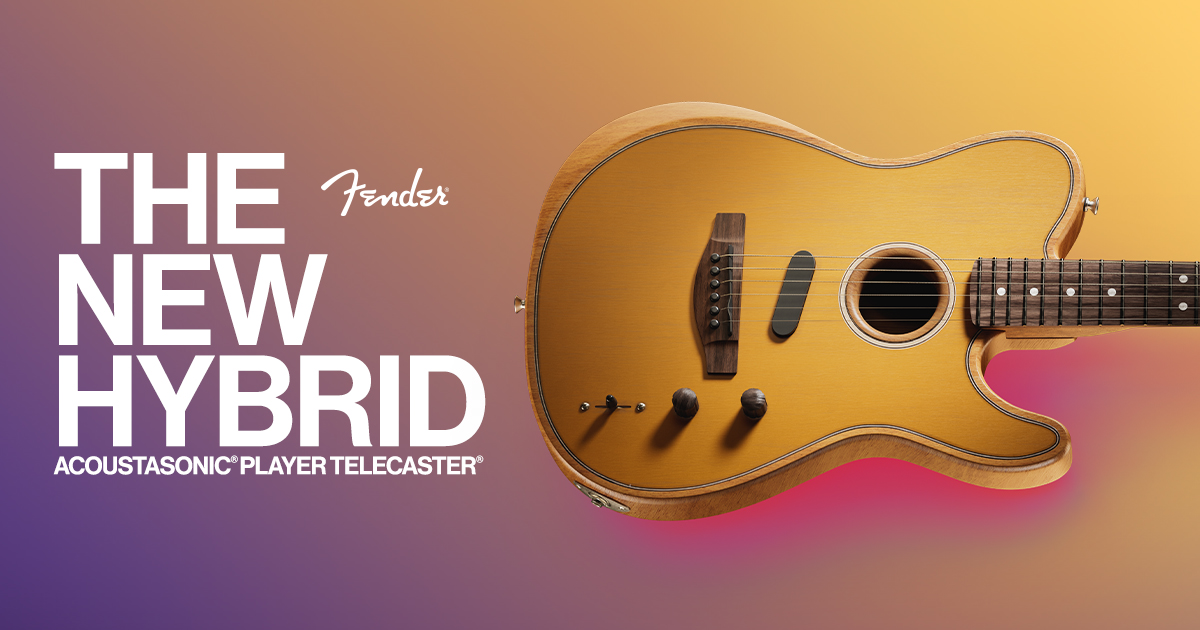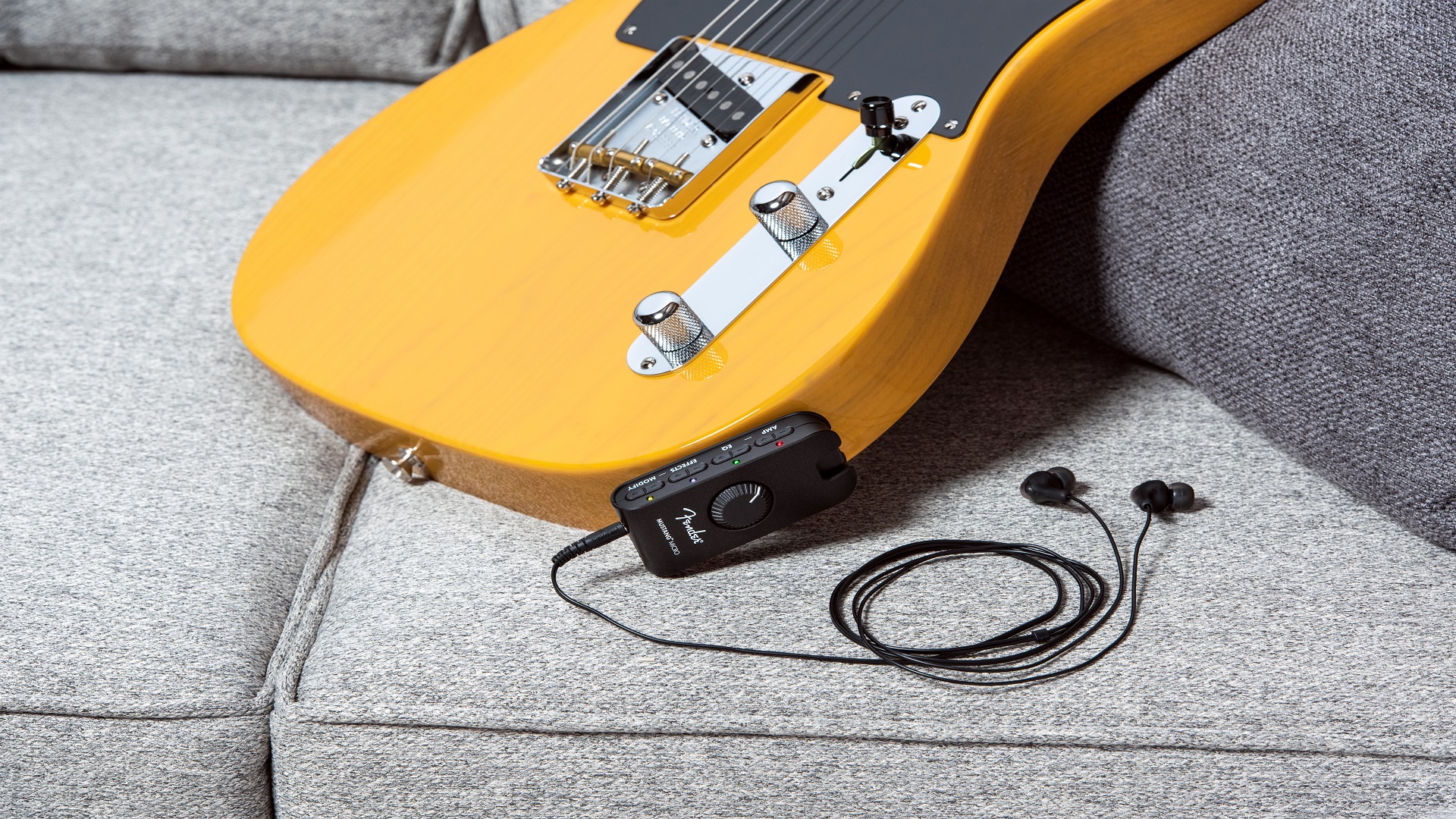This is where you’ll find info on new arrivals in our store – whether they are new product introductions or just new to us – we’ll try and post regularly, so check back here often. Sometimes it will be a ‘big’ item, other times it will be a cool new accessory item that we’re excited about. We’ll have a few pics available in the slider below…. of course you’ll want to come see the real thing – we’ll see you then!
What is ‘Myrtle’s Blog’?
A few years back, our own Melissa Caswell decided to begin to use her creative writing skills to create a series of blogs about music, musical instruments, and general answers to questions we’d been asked. The result became known as “Myrtle’s Blog”. We’ll be posting different articles from that blog here from time to time. Check back often to see the current featured article…
Three Reasons Why You Shouldn’t Buy That New $90 Clarinet
By Melissa Caswell
Special thanks to David Wilson, Tony Bertram, and Tom Layton
In today’s economy, we know the importance of spending wisely and saving whenever and wherever possible.
A good quality musical instrument is not cheap. It can be tempting to say, “Well, my kid is just starting out. We’ll get a cheap instrument now and if they stick with it, we’ll buy a better one later.”
But are cheap instruments really a better deal? When you buy that brand new $37 violin instead of the quality $550 version, what you’re buying is a poorly made instrument that has sub-par parts and has not been made to certain specifications.
Below are three reasons why we believe investing in a quality instrument from the start is better than buying a less expensive (but also poor quality) instrument.
- Cheap instruments have poor sound quality and intonation
It is important for an instrument to be able to play in tune – especially string and brass instruments – to train the student’s ear to hear the correct pitches they are supposed to be playing. If the instrument won’t stay in tune, the student won’t be able to play it properly. They’ll play wrong notes, which is bad for technique and ear training. Good sound quality and intonation are also needed for the student to blend well with other instruments in ensemble settings.
- Cheap instruments break more easily and are costly to repair
Because they are made with low quality parts, cheap instruments tend to break more quickly and easily. This means the cost of repair could be extensive. Repairing a cheap instrument could end up costing more than it is worth or, over time, more than a high quality instrument would have initially cost.
If it is an off-brand instrument, replacement parts are unavailable when it breaks. This means ordering custom-made parts every time something fails, which will cost both time and money.
In addition, the parts of the instrument are not as durable as those on a reputable name-brand instrument. According to instrument repairman (with 40 years experience) Tom Layton:
“We have people sign a release before we work on some of those horns because I don’t want to be liable if a key breaks while I try to straighten it. If you’re working on a [name-brand instrument] I guarantee you can just about twist that key into a knot and it will not break. With these other horns, I’ve had it where you’ve put a little wooden dowel on there to tap it to move a key post over just a little bit and the whole key post just comes off. So now you’ve got a broken horn that wasn’t really broken when it showed up, but it’s a piece of junk and that’s why it broke when you’re working on it…It doesn’t really make sense to spend any money on them. In the long run you save money on maintenance [buying a quality horn], and it also retains its value.”
- Cheap instruments are harder to play
A cheap instrument does not always play as well or as easily as one of good quality (if it plays at all). This will make learning the instrument more difficult, which can frustrate the student and potentially cause them to quit band or orchestra. While learning an instrument isn’t necessarily easy, it’s even more difficult when the student has to ‘fight’ a poorly made instrument.
In the long run, buying a quality instrument from the start will not only save time and money, it also gives the student the tools they need to succeed on their chosen instrument.
Unsure about whether an instrument you’re considering is one of good or poor quality? Contact your local music store or ask your student’s music teacher.






